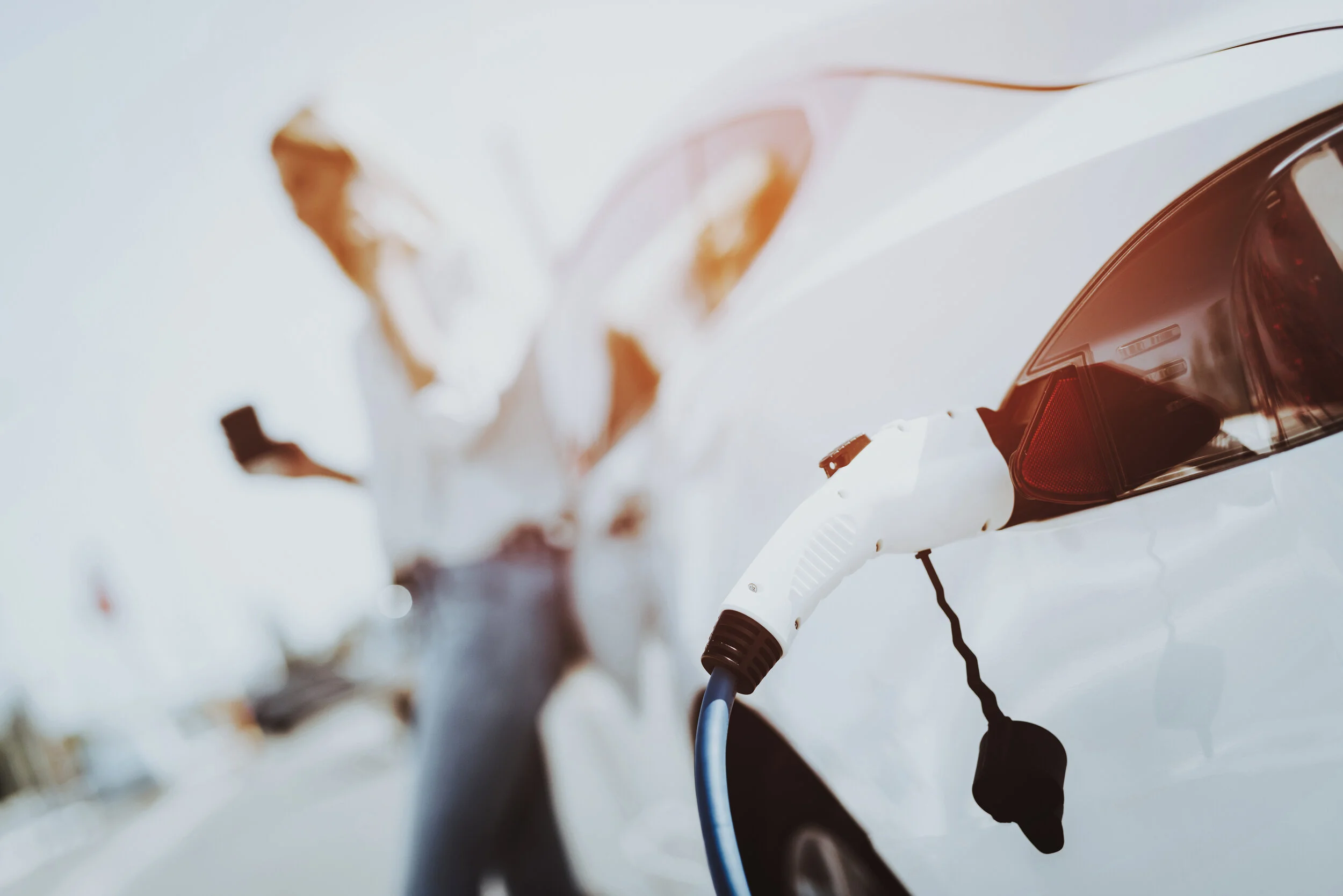The Arrival of the Tesla Model X-pending the Traditional Power Grid
The Tesla Model X will be landing in South Africa for the first-time next week (Rubicon Group, 2021). The arrival of the all-electric SUV, by Rubicon Technologies will boost an influential adoption of renewable energy sources by the public and further lobby local government efforts to support and introduce renewable energy solutions in South Africa (Malinga, 2021).
Rubicon Technologies, who are head quartered in Cape Town, South Africa, have provided tangible evidence to promote the uptake of electrical vehicles (EV’s) in South Africa (Droppa, 2021). Rubicon intend to use the Tesla Model X for marketing research purposes and to increase the awareness of their vehicle superchargers as well as renewable energy charger accessories (Raymond, 2021).
The Tesla Model X can reach 96 km/h in 2.5 seconds as well as achieve an average distance of up to 550 – 580 kms per single charged trip (Musk, 2016). The move has provided a glimpse of the future and fueled the conversation regarding the future of South Africa’s energy landscape and whether the current instable electrical supply has the capacity to meet EV charging requirements (Myburgh, 2021).
“How will charging stations store the electricity required by the Tesla Model X EV’s and where will these charging stations be located?” – Christo Myburgh, CEO U Systems
Although the Tesla Model X comes with a standard NEMA 5-15 charger, providing an additional 6 kms when required in an emergency, many of Tesla’s EV’s will still need to fully charge by being plugged into a 240-volt wall outlet, similar to the type used by existing washing machines and other household appliances (Musk, 2016).
Charging stations will need to be made available in homes, local businesses, and built into the infrastructure of reachable public service areas (Myburgh, 2021).
Building owners and landlords alike could now be expected to install local charging stations to attract the growing market of EV owners to their properties. However, such charging outlets and electrical supply is expected to expend further energy and place further strain on the existing electricity challenges being faced in South Africa (Myburgh, 2021).
“The energy landscape in South Africa is changing and electricity required to charge EV’s will have to come from somewhere”– Christo Myburgh, CEO U Systems
Until South African building and property owners have successfully implemented the renewable energy solutions required to provide additional power, Tesla EV owners will have to tolerate uncertainty, weighing up additional stressful issues including travel distance calculations versus power shortages, which could negatively contribute to battery depletion and travel limitations.

